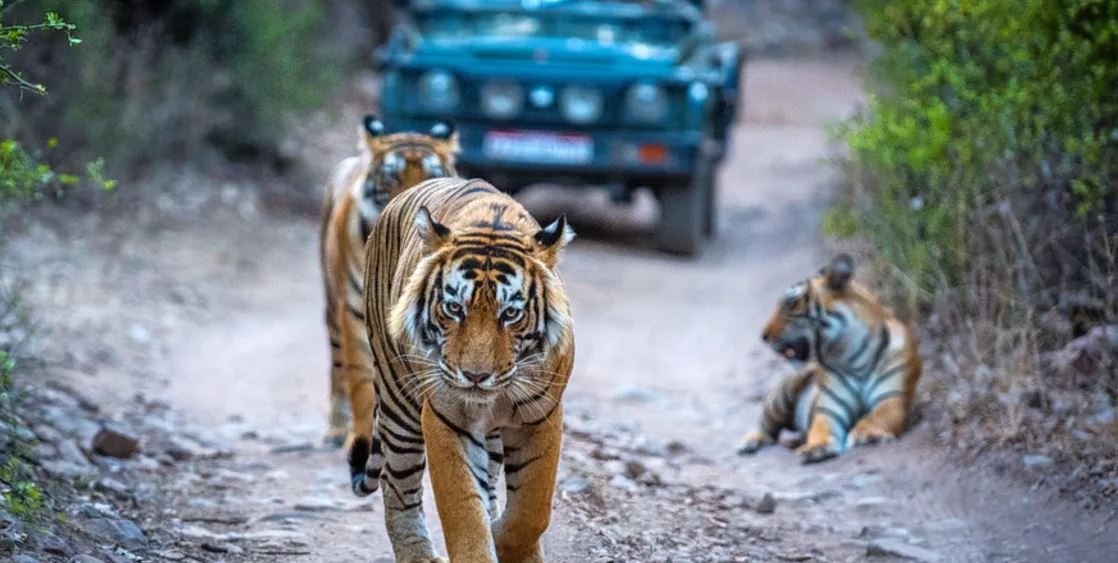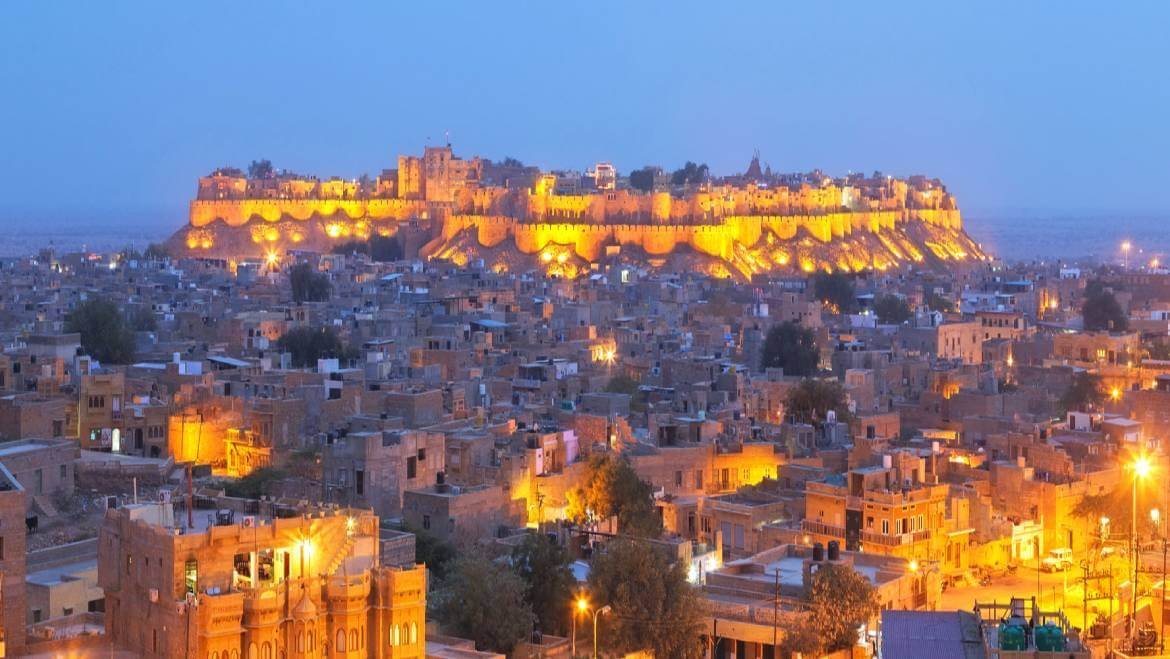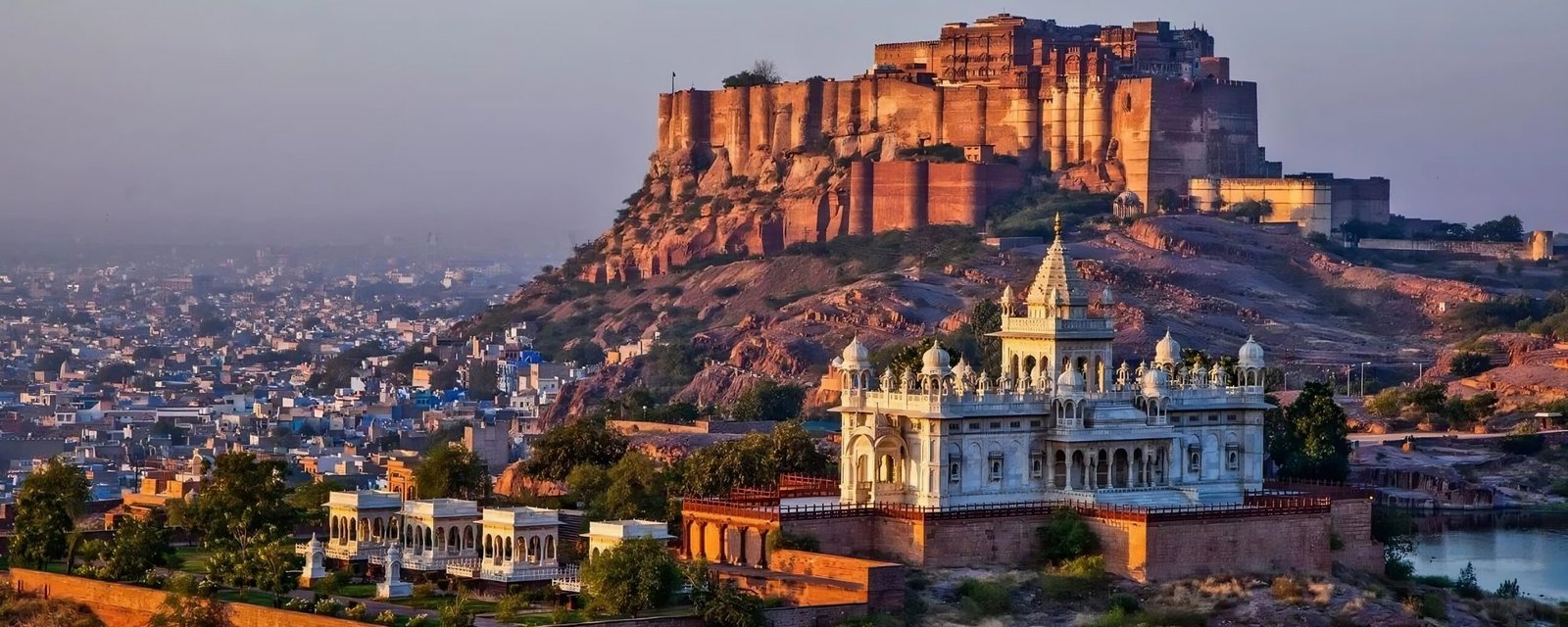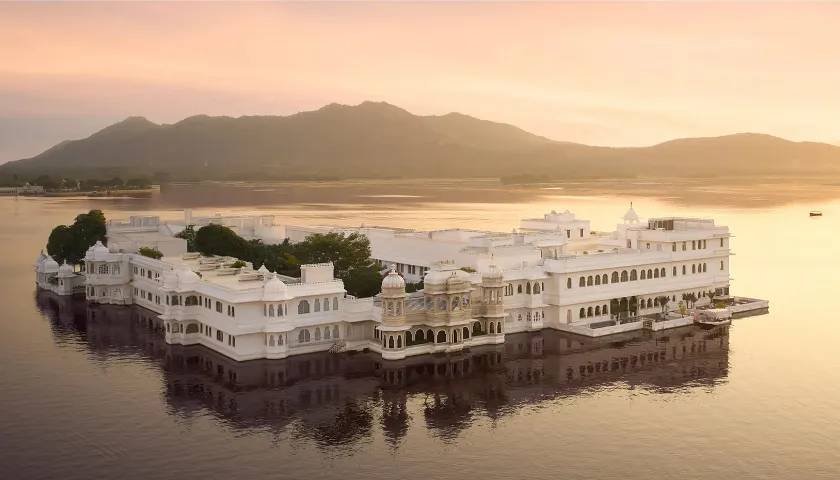India is a land of contrasts—where centuries-old traditions blend with vibrant natural landscapes, offering travelers an experience that’s both culturally enriching and full of wildlife thrills. Whether you are drawn to its architectural wonders, spiritual heritage, or the call of the wild, India offers a one-of-a-kind adventure. For those seeking to immerse themselves in authentic Indian culture while also exploring its diverse wildlife, choosing the right Travel agency in Rajasthan can make all the difference.
Discovering India’s Cultural Heartbeat
Cultural exploration in India is not just about sightseeing—it’s about living the experience. From the spiritual aura of Varanasi to the royal elegance of Jaipur, the journey introduces you to India’s soul. Each city has its unique flavor: Delhi pulses with historical monuments, Agra mesmerizes with the Taj Mahal, and Jaipur, the Pink City, echoes the tales of Rajput valor.
One of the best ways to experience this rich cultural tapestry is through guided heritage tours. Travelers walk through bustling bazaars, taste traditional foods, and witness rituals passed down through generations. Visiting UNESCO World Heritage sites like Qutub Minar or Amer Fort not only provides insight into India’s architectural brilliance but also into the civilizations that shaped its history.
The Golden Triangle: Gateway to Indian Heritage
The Golden Triangle route—Delhi, Agra, and Jaipur—is a cornerstone of cultural tourism in India. In Delhi, you encounter the contrast between Old Delhi’s chaos and New Delhi’s colonial elegance. Agra captivates visitors with its Mughal architecture, and Jaipur offers a taste of Rajasthani royalty.
But the real charm lies in the stories told by local guides, the aroma of street food lingering in the air, and the vibrancy of markets filled with handmade crafts. This is not a passive journey—it’s an invitation to engage with India’s living history.
Adding a Wild Twist: Ranthambore National Park
For wildlife enthusiasts, India’s national parks are a treasure trove. Ranthambore National Park in Rajasthan is among the most celebrated, offering a rare opportunity to witness Bengal tigers in their natural habitat. The park’s diverse topography—comprising dense forests, open grasslands, and ancient ruins—adds depth to the safari experience.
What makes Ranthambore stand out is not just the likelihood of spotting a tiger but also the park’s heritage backdrop. The 10th-century Ranthambore Fort inside the park is a UNESCO World Heritage site, combining history and nature in a way that few destinations can.
The safaris, led by trained naturalists, not only increase the chances of animal sightings but also help travelers understand the complex ecosystem that supports them. Birdwatchers, too, will find Ranthambore a haven, with more than 300 species of birds dotting its landscape.
Why Combine Culture with Wildlife?
Combining cultural exploration with a wildlife adventure offers a holistic Indian experience. While cities tell stories of empires, gods, and people, the forests reveal the untamed beauty of the land. Travelers who experience both return home with a deeper understanding of India’s layered identity.
The integration of culture and nature also makes the trip more balanced. After days of navigating through crowded city lanes and architectural wonders, the tranquility of nature offers a perfect pause. It’s this duality—chaotic yet peaceful, ancient yet alive—that defines India’s charm.
Planning the Ideal Itinerary
To truly experience both cultural and wildlife sides of India, the itinerary must be thoughtfully designed. This is where curated tours such as the Golden Triangle with Ranthambore Tour come in. These tours ensure that travelers do not miss key cultural highlights while also providing ample time for safaris and nature walks.
Such tours typically span over 8 to 10 days and include comfortable accommodations, guided excursions, and logistical support. This structure not only provides convenience but also ensures a stress-free travel experience, allowing guests to focus on the essence of the journey rather than its execution.
Responsible Travel and Local Impact
One of the most rewarding aspects of combining cultural and wildlife experiences in India is the positive impact on local communities and conservation efforts. When travelers visit heritage sites or embark on safaris led by local guides, they contribute directly to the local economy and to preserving these cultural and natural assets.
Many responsible travel companies also ensure minimal environmental impact by promoting eco-lodges, using sustainable transport where possible, and educating travelers on respecting local customs and wildlife etiquette. Travelers are not just observers—they become stakeholders in preserving India’s legacy for future generations.
Final Thoughts
India is not just a destination—it’s an awakening of the senses and the spirit. A journey that weaves through the narrow alleys of ancient cities and the wild landscapes of tiger territory offers a perspective unlike any other. For those willing to go beyond the postcard images and embrace the country’s contrasts, the rewards are deep and lasting.
By combining the cultural wealth of cities like Jaipur and Agra with the wild majesty of Ranthambore, travelers experience India in its most authentic form. The memories forged here—of temple bells echoing at dawn, of a tiger’s gaze in the wild—will linger long after the journey ends.




